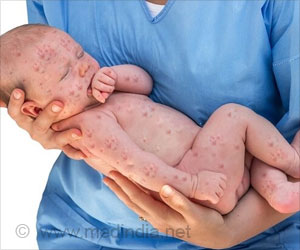In a move to make consumers aware of the side-effects of hair dyes, an allergist has called for allergy warnings on hair dye labels to draw attention to the risks of chemical reactions to hair dye.

"People need to be aware if you're going to dye your hair - especially if it's a permanent dye - that you run that risk," the NZPA quoted him, as saying.
Dr Crump has announced his concern after The Dominion Post carried a report on how a woman Pam Douglas in Hamilton had a bad reaction to hair dye, leading to other women coming forward in her support and to warn others of the effects.
Rosemary Fuller, Auckland finance analyst, was at the receiving end when she got permanent colour applied at an Auckland salon last month, which led her face to swell up.
Pukerua Bay resident Kathy McLauchlan said that her scalp blistered and her hair fell out in handfuls after she applied a semi-permanent colour bought from the supermarket last year. In fact, she is persistent that she won't be colouring her hair ever again.
It was found that the chemical that is responsible to cause adverse reactions is called p-phenylenediamine (PPD) and according to the estimates of Consumer NZ, it is used in two thirds of permanent hair dyes available in supermarkets and pharmacies.
Advertisement
However, the chemical has been branded as an extreme sensitiser by the European Commission's scientific committee on consumer products. It was also banned in some European countries. Now it is allowed to make up 6 per cent of a product, the same concentrations that are allowed here.
Advertisement
Dr Crump insisted that PPD was a bigger problem than over-the-counter products and requested the users to perform a patch test before every hair colour.
Source-ANI
SRM











